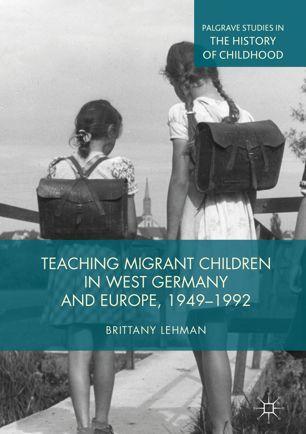

Most ebook files are in PDF format, so you can easily read them using various software such as Foxit Reader or directly on the Google Chrome browser.
Some ebook files are released by publishers in other formats such as .awz, .mobi, .epub, .fb2, etc. You may need to install specific software to read these formats on mobile/PC, such as Calibre.
Please read the tutorial at this link: https://ebookbell.com/faq
We offer FREE conversion to the popular formats you request; however, this may take some time. Therefore, right after payment, please email us, and we will try to provide the service as quickly as possible.
For some exceptional file formats or broken links (if any), please refrain from opening any disputes. Instead, email us first, and we will try to assist within a maximum of 6 hours.
EbookBell Team

0.0
0 reviewsThis book examines the right to education for migrant children in Europe between 1949 and 1992. Using West Germany as a case study to explore European trends, the book analyzes how the Council of Europe and European Community’s ideological goals were implemented for specific national groups. The book starts with education for displaced persons and exiles in the 1950s, then compares schooling for Italian, Greek, and Turkish labor migrants, then circles back to asylum seekers and returning ethnic Germans. For each group, the state entries involved tried to balance equal education opportunities with the right to personhood, an effort which became particularly convoluted due to implicit biases. When the European Union was founded in 1993, children’s access to education depended on a complicated mix of legal status and perception of cultural compatibility. Despite claims that all children should have equal opportunities, children’s access was limited by citizenship and ethnic identity.